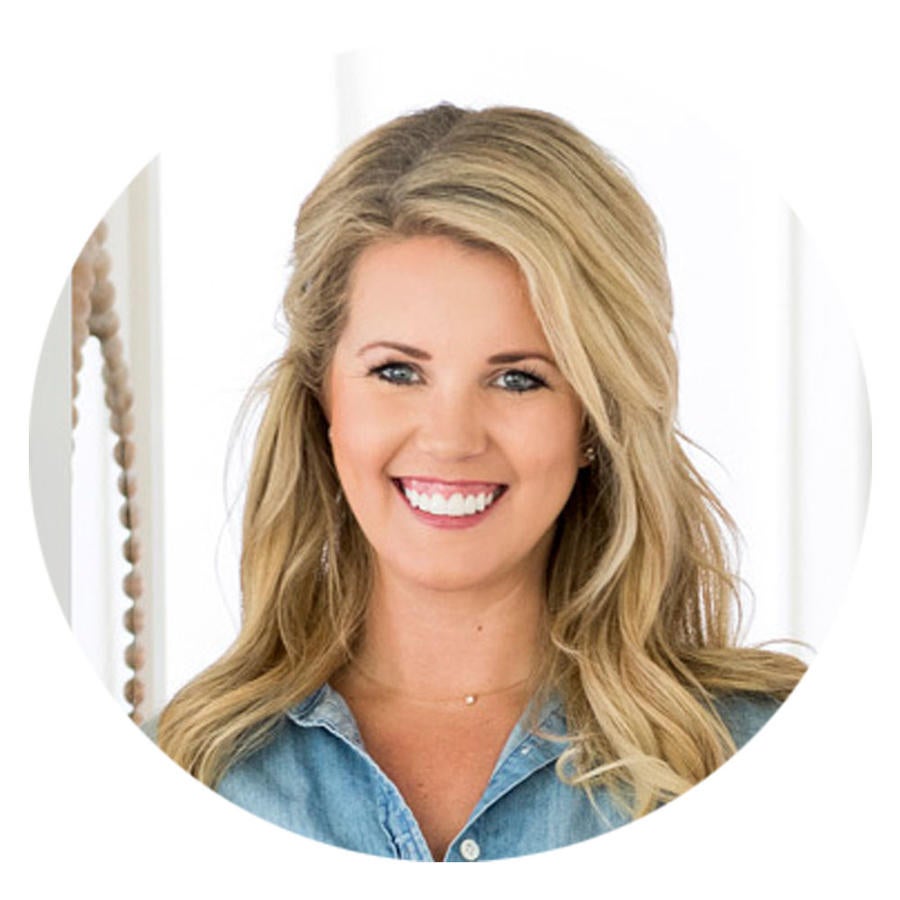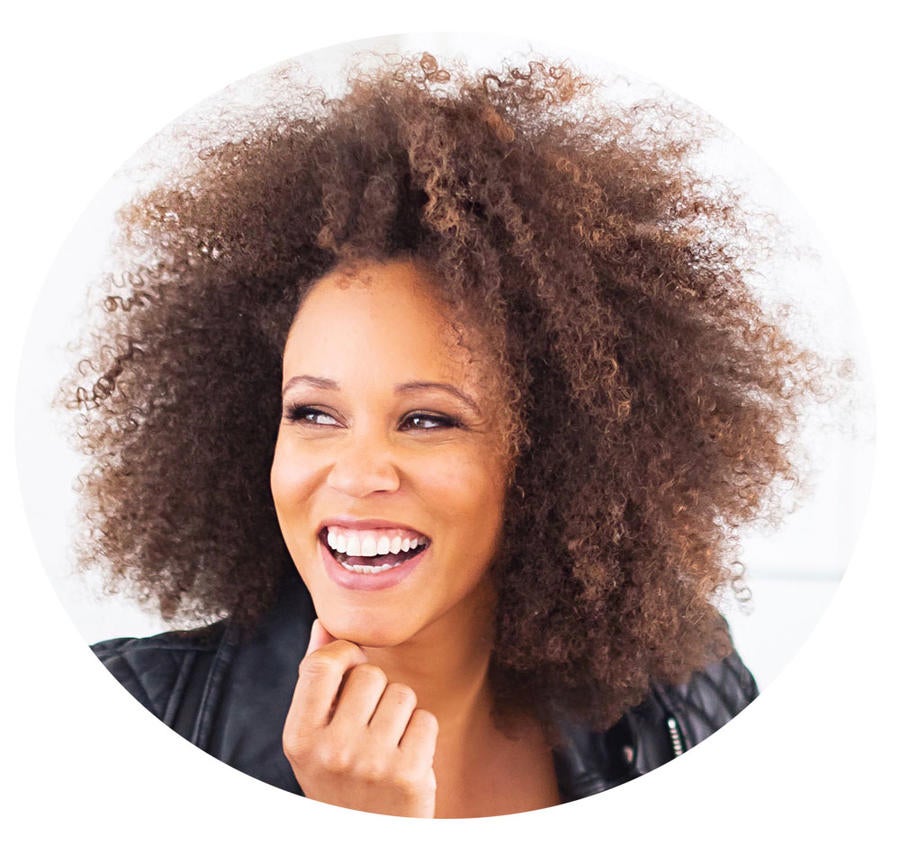For a design firm to be successful, there have to be some rules. For many, setting a minimum budget for new projects is a way to avoid wasting time on clients who aren’t serious. We asked five designers—Bria Hammel, Breegan Jane, Laura Krey, Christine Lin and Matthew Patrick Smyth—if they have minimum budgets (and if they ever make exceptions).

An investment opportunity
“I don't ‘officially’ have a minimum budget but I do carefully weigh all the financial pros and cons when deciding what to take on. I often take on small projects that amuse me or take me to a place I've haven't been, if my office can handle it at the time. Once, I got a call from a potential client making it clear that they already had a decorator but needed someone to only work on the closet designs, as their decorator did not want to do it. I’m glad I took it on, as they eventually decided to hire me to finish the rest of the apartment. I’ve done five houses for that client since. You never know where a small project can lead to! They invested in me and vice versa. That relationship has lasted and now I’m doing work for their children.
“At this point in my career, the real deciding factor is that I have to like the client. I only work for nice people. For a nice person, I would do a lampshade!” —Matthew Patrick Smyth, Matthew Patrick Smyth Interior Design, New York

Be flexible
“We implemented a minimum budget around our second year of business, when we began to really grow our work, portfolio and team. That said, our minimum flexes throughout the year depending on what our forecasting predicts. If we see that we’re coming up on a slower time, we might lower our minimum budget (not by much, but a little) to open ourselves for more work.” —Bria Hammel, Bria Hammel Interiors, Mendota Heights, Minnesota

No exceptions
“We recently adopted a minimum budget after over 10 years in business. It is something that I have wrestled with, as I always wanted our design services to be accessible at all budget levels. However, I increasingly found that the impactful change we create for our clients was more difficult to accomplish unless we asked them to moonlight as DIYers to keep costs to an absolute minimum. Our budget parameters have been set in an approachable range, so we don’t make exceptions for that reason.” —Laura Krey, Laura Krey Design, New York

Early adopter
“I started implementing minimums pretty early in my career—about a year into the business. I found that a lot of project leads that I was receiving didn’t make sense—the budgets were too low for the scope of the work. In order to set expectations to potential clients, I added minimums to our website and intake form. If there’s not a fit with budget, it's discovered prior to investing any time!
“It’s most efficient for us to have fewer projects with higher budgets than dozens of projects with low budgets, and it’s also a better experience for the client.” —Christine Lin, Form + Field, San Francisco

Time is money
“As my company has expanded, there have been times when I’ve had to just say 'no.' Growing in success meant building a tribe of employees. I have surrounded myself with people who are extremely hardworking, and that I trust and believe in. The value of that comes with a price, because they deserve to be paid fairly. It’s a cardinal rule—time is money after all, so you have to make sure it’s worth it.” —Breegan Jane, Los Angeles




























